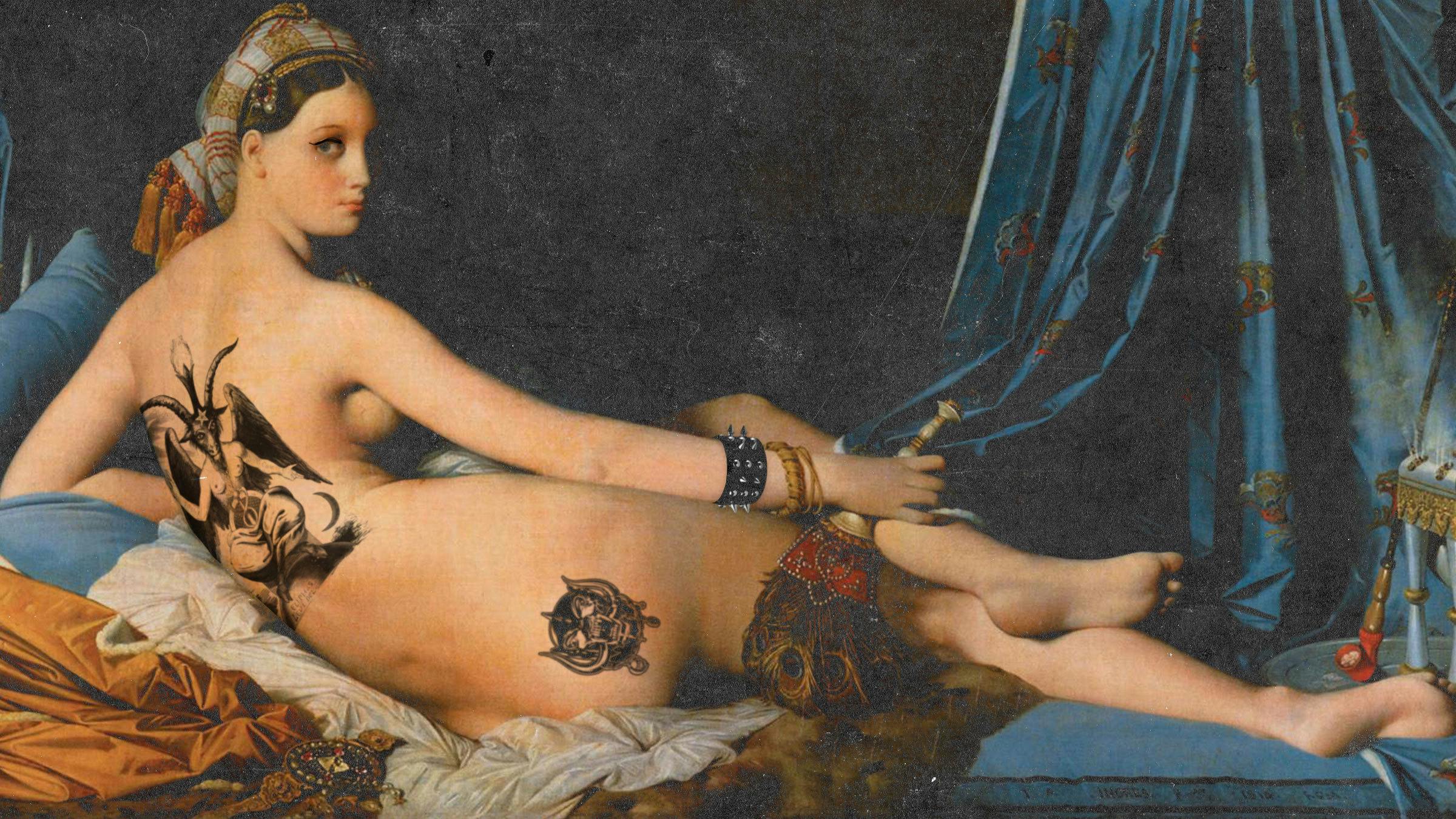“Sex, drugs, and rock’n’roll" -- the timeless rallying cry prioritizes the interests of musicians and fans alike who engage with the once-subversive culture of heavy music. Sex and sexuality, however, is today a little more of a nuanced topic than it was during rock'n'roll's early development, and the modern rock scene is a many-headed hydra of unique musical profiles. How, then, do different genres of music play out their preoccupations with sex?
Take heavy metal, for example: toughness, evil, and fist-pounding rebellion leaves little room for nuance when confronting or hinting at the topic of sexuality -- yet somehow, each subtle modulation in genre can shift an entire scene’s views of sexuality based on a few key elements. Meanwhile, industrial fans and indie rockers agree on little sonically, so it’s easy to see why their approach to sex would come in wildly varying packages. The sounds that draw us in can be subconscious cues to how we move in other arenas (i.e. the bedroom), so what cues can we categorically extract from dominant musical genres’ structures, compositions, and legacies?
Below is a set of deductions made based on the imagery, lyrical content, and overall sound utilized by several popular rock genres, that speak to their relationships with sex and sexuality. Each entry is divided into two sections: the perceived, surface-level sexuality of a genre, and the reality of that culture's feelings about sex. Enjoy, and remember to always wear protection.
